![有限元方法的数学理论(第3版) [The Mathematical Theory of Fintite Element Methods Third Edition]](https://pic.tinynews.org/10762453/36da39a8-76c6-48d7-8808-a7b9f4a1885a.jpg)

具体描述
内容简介
This edition contains four new sections on the following topics: the BDDC domain decomposition preconditioner (Section 7.8), a convergent adaptive algorithm (Section 9.5), interior penalty methods (Section 10.5) and Poincare-Friedrichs inequalities for piecewise Wp1 functions (Section 10.6).We have made improvements throughout the text, many of which were suggested by colleagues, to whom we are grateful. New exercises have been added and the list of references has also been expanded and updated.内页插图
目录
series prefacepreface to the third edition
preface to the second edition
preface to the first edition
0 basic concepts
0.1 weak formulation of boundary value problems
0.2 ritz-galerkin approximation
0.3 error estimates
0.4 piecewise polynomial spaces - the finite element method
0.5 relationship to difference methods
0.6 computer implementation of finite element methods
0.7 local estimates
0.8 adaptive approximation
0.9 weighted norm estimates
0.x exercises
1 sobolev spaces
1.1 review of lebesgue integration theory
1.2 generalized (weak) derivatives
1.3 sobolev norms and associated spaces
1.4 inclusion relations and sobolev's inequality
1.5 review of chapter 0
1.6 trace theorems
1.7 negative norms and duality
1.x exercises
2 variational formulation of elliptic boundary value problems
2.1 inner-product spaces
2.2 hilbert spaces
2.3 projections onto subspaces
2.4 riesz representation theorem
2.5 formulation of symmetric variational problems
2.6 formulation of nonsymmetric variational problems
2.7 the lax-milgram theorem
2.8 estimates for general finite element approximation
2.9 higher-dimensional examples
2.x exercises
3 the construction of a finite element space
3.1 the finite element
3.2 triangular finite elements
the lagrange element
the hermite element
the argyris element
3.3 the interpolant
3.4 equivalence of elements
3.5 rectangular elements
tensor product elements
the serendipity element
3.6 higher-dimensional elements
3.7 exotic elements
3.x exercises
4 polynomial approximation theory in sobolev spaces
4.1 averaged taylor polynomials
4.2 error representation
4.3 bounds for riesz potentials
4.4 bounds for the interpolation error
4.5 inverse estimates
4.6 tensor. product polynomial approximation
4.7 isoparametric polynomial approximation
4.8 interpolation of non-smooth functions
4.9 a discrete sobolev inequality
4.x exercises
5 n-dimensional variational problems
5.1 variational formulation of poisson's equation
5.2 variational formulation of the pure neumann problem
5.3 coercivity of the variational problem
5.4 variational approximation of poisson's equation
5.5 elliptic regularity estimates
5.6 general second-order elliptic operators
5.7 variational approximation of general elliptic problems
5.8 negative-norm estimates
5.9 the plate-bending biharmonic problem
5.x exercises
6 finite element multigrid methods
6.1 a model problem
6.2 mesh-dependent norms
6.3 the multigrid algorithm
6.4 approximation property
6.5 w-cycle convergence for the kth level iteration
6.6 ]/-cycle convergence for the kth level iteration
6.7 full multigrid convergence analysis and work estimates
6.x exercises
7 additive schwarz preconditioners
7.1 abstract additive schwarz framework
7.2 the hierarchical basis preconditioner
7.3 the bpx preconditioner
7.4 the two-level additive schwarz preconditioner
7.5 nonoverlapping domain decomposition methods
7.6 the bps preconditioner
7.7 the neumann-neumann preconditioner
7.8 the bddc preconditioner
7.x exercises
8 max-norm estimates
8.1 main theorem
8.2 reduction to weighted estimates
8.3 proof of lemma 8.2.6
8.4 proofs of lemmas 8.3.7 and 8.3.11
8.5 lp estimates (regular coefficients)
8.6 lp estimates (irregular coefficients)
8.7 a nonlinear example
8.x exercises
9 adaptive meshes
9.1 a priori estimates
9.2 error estimators
9.3 local error estimates
9.4 estimators for linear forms and other norms
9.5 a convergent adaptive algorithm
9.6 conditioning of finite element equations
9.7 bounds on the condition number
9.8 applications to the conjugate-gradient method
9.x exercises
10 variational crimes
10.1 departure from the framework
10.2 finite elements with interpolated boundary conditions
10.3 nonconforming finite elements
10.4 isoparametric finite elements
10.5 discontinuous finite elements
10.6 poincare-friedrichs inequalitites for piecewise w1p functions
10.x exercises
11 applications to planar elasticity
11.1 the boundary value problems
11.2 weak formulation and korn's inequality
11.3 finite element approximation and locking
11.4 a robust method for the pure displacement problem
11.x exercises
12 mixed methods
12.1 examples of mixed variational formulations
12.2 abstract mixed formulation
12.3 discrete mixed formulation
12.4 convergence results for velocity approximation
12.5 the discrete inf-sup condition
12.6 verification of the inf-sup condition
12.x exercises
13 iterative techniques for mixed methods
13.1 iterated penalty method
13.2 stopping criteria
13.3 augmented lagrangian method
13.4 application to the navier-stokes equations
13.5 computational examples
13.x exercises
14 applications of operator-interpolation theory
14.1 the real method of interpolation
14.2 real interpolation of sobolev spaces
14.3 finite element convergence estimates
14.4 the simultaneous approximation theorem
14.5 precise characterizations of regularity
14.x exercises
references
index
精彩书摘
We will take this opportunity to philosophize about some power-ful characteristics of the finite element formalism for generating discreteschemes for approximating the solutions to differential equations. Being based on the variational formulation of boundary value problems, it is quite systematic, handling different boundary conditions with ease; one simply re-places infinite dimensional spaces with finite dimensional subspaces. What results, as in (0.5.3), is the same as a finite difference equation, in keeping with the dictum that different numerical methods are usually more similarthan they are distinct. However, we were able to derive very quickly the convergence properties of the finite element method. Finally, the notation for the discrete scheme is quite compact in the finite element for mulation.This could be utilized to make coding the algorithm much more efficient if only the appropriate computer language and compiler were available. Thislatter characteristic of the finite element method is one that has not yet been exploited extensively, but an initial attempt has been made in the sys-tem fec (Bagheri, Scott & Zhang 1992). (One could also argue that finiteele ment practitioners have already taken advantage of this by developingtheir own "languages" through extensive software libraries of their own, but this applies equally well to the finite-difference practitioners.)......
前言/序言
Mathematics is playing an ever more important role in the physical and biological sciences, provoking a blurring of boundaries between scientific disciplines and a resurgence of interest in the modern as well as the clas-sical techniques of applied mathematics. This renewal of interest, both inresearch and teaching, has led to the establishment of the series Texts in Applied Mathematics (TAM).The development of new courses is a natural consequence of a high level of excitement on the research frontier as newer techniques, such asnumerical and symbolic computer systems, dynamical systems, and chaos,mix with and reinforce the traditional methods of applied mathematics.Thus, the purpose of this textbook series is to meet the current and future needs of these advances and to encourage the teaching of new courses.
TAM will publish textbooks suitable for use in advanced undergraduateand beginning graduate courses, and will complement the Applied Mathe-matical Sciences (AMS) series, which will focus on advanced textbooks andresearch-level monographs.
用户评价
我一直认为,理解一个复杂数学理论的关键在于其清晰的结构和逻辑。这本书《有限元方法的数学理论(第3版)》的书名本身就传递出一种系统性和专业性,这正是我所寻求的。我希望它能够为我提供一个逻辑严谨、层层递进的学习路径。我设想本书会从离散化理论的基础开始,逐步过渡到插值误差、投影误差以及解的收敛性分析。我特别关注书中对于不同类型的有限元(如拉格朗日元、Hermite元等)的数学性质和适用范围的详尽论述,以及它们在不同边界条件和问题类型下的性能表现。我期望这本书能够提供一些精心设计的例子和练习题,帮助我巩固所学的概念,并能够熟练地运用所学的数学工具来分析和解决实际的有限元问题。这本书的第三版,一定凝聚了作者多年的教学和研究经验,相信它能够成为一本值得反复研读的经典之作。
评分最近终于入手了《有限元方法的数学理论(第3版)》,一直对有限元方法抱有浓厚的兴趣,尤其是它在解决复杂物理问题时展现出的强大威力。这本书的名字本身就透露出一种严谨和深入的气息,让我对接下来的阅读充满了期待。我之前接触过一些有限元方法的入门级书籍,但总觉得有些概念上的“隔靴搔痒”,缺乏一种从根本上理解其数学原理的深刻洞察。这本书的第三版,想必在内容的更新和深化上会有不小的提升,我特别关注它在误差分析、收敛性证明以及在高阶方法和自适应网格生成等前沿领域的探讨。我希望它能像一本精心打磨的工具书,在每一次遇到问题时,都能提供清晰的理论支撑和严谨的推导,帮助我真正掌握有限元方法的精髓,而不仅仅是停留在调包和应用层面。这本书的厚度也预示着其内容的丰富程度,我相信通过细致的研读,一定能将我对有限元方法的理解提升到一个全新的高度,从而更有效地应用于我所研究的领域。
评分在我的学术研究过程中,对某些前沿的科学计算方法有着迫切的需求。有限元方法无疑是其中一个重要的分支。我已经阅读过一些关于有限元方法的教材,但总觉得在对某些高级主题的介绍上不够深入,例如非线性问题的处理、任意形状网格上的精度分析,以及与机器学习等新兴技术的结合。这本书《有限元方法的数学理论(第3版)》的名字让我看到了希望,第三版通常意味着作者对该领域最新发展有着深入的了解和整合。我希望这本书能够包含更多关于高维问题、多物理场耦合问题以及大规模计算的有限元方法策略。我也非常期待书中对于如何进行有效的前后处理,以及后处理结果的可靠性评估方面的数学理论指导。这本书的出版,对我来说,更像是一次与最新研究动态的连接,我希望通过它,能够站在巨人的肩膀上,推动我的研究更上一层楼,并为相关领域的理论和应用发展贡献力量。
评分我是一个喜欢刨根问底的学习者,对于任何一个数学概念,我总是希望能够深入到其最本质的数学结构中去。有限元方法作为一种强大的数值求解技术,其背后蕴含着深刻的数学思想。我购买《有限元方法的数学理论(第3版)》这本书,正是希望能够系统地学习和理解其数学理论的精髓。我特别关注书中对泛函分析、Sobolev空间、变分原理等作为有限元方法数学基础的介绍。我期望这本书能够提供清晰的定义、严格的证明,并能够循序渐进地引导读者理解这些抽象概念是如何与有限元方法的构建和分析联系起来的。我希望这本书能够不仅仅是罗列公式和定理,更能阐述其背后的数学逻辑和几何直觉,让我能够真正地“看见”有限元方法的数学之美,并能够举一反三,将所学知识迁移到其他相关领域的研究中。
评分作为一名长期在工程领域摸爬滚打的实践者,我深知理论与实践之间的鸿沟。很多时候,我们能够熟练地使用有限元软件进行模拟,但当遇到棘手的工程问题,或者需要对模拟结果进行更深入的解释和验证时,就会显得力不从心。因此,我一直在寻找一本能够真正连接理论与实践的桥梁。这本书《有限元方法的数学理论(第3版)》正是这样的存在。我设想它会从最基本的概念入手,一步步构建起整个理论体系,让读者不仅知其然,更知其所以然。我尤其期待书中对不同类型偏微分方程的有限元离散化方法、稳定性条件以及相关的数值技巧的深入阐述。我希望这本书能像一位经验丰富的导师,在我遇到理论困惑时,能够提供详尽的解释和清晰的思路,帮助我建立起扎实的数学基础,从而在面对实际工程挑战时,能够做出更明智的决策,并能更准确地评估和理解模拟结果的可靠性,最终提升我解决实际工程问题的能力。
评分很西
评分印刷质量差强人意!很经典的教材
评分大致看看目录,是偏向理论方面的,留着以后看。世图SPRINGER的书定价越来越贵了。
评分很西
评分京东不给清单发票是垃圾
评分不错,提升逼格的好工具
评分还没用呢,看着非常不错,好评
评分商品不错!商品不错!商品不错!商品不错!商品不错!商品不错!商品不错!商品不错!商品不错!商品不错!商品不错!商品不错!商品不错!商品不错!商品不错!商品不错!商品不错!商品不错!商品不错!商品不错!商品不错!商品不错!商品不错!商品不错!商品不错!商品不错!商品不错!商品不错!商品不错!商品不错!商品不错!商品不错!商品不错!商品不错!商品不错!商品不错!商品不错!商品不错!商品不错!
评分印刷质量很好,留着再看吧。
相关图书
本站所有内容均为互联网搜索引擎提供的公开搜索信息,本站不存储任何数据与内容,任何内容与数据均与本站无关,如有需要请联系相关搜索引擎包括但不限于百度,google,bing,sogou 等
© 2025 book.idnshop.cc All Rights Reserved. 静思书屋 版权所有


![仪器科学与技术学科研究生系列教学参考书:视觉测量原理与方法 [The Principle of Vision Metrology] pdf epub mobi 电子书 下载](https://pic.tinynews.org/10881154/d63c67d5-a0f1-4a9e-b6cb-918b03d7ca08.jpg)



![华章数学原版精品系列:概率论基础教程(英文版·第8版) [A First Course in Probability] pdf epub mobi 电子书 下载](https://pic.tinynews.org/11577087/546335beN531b7431.jpg)
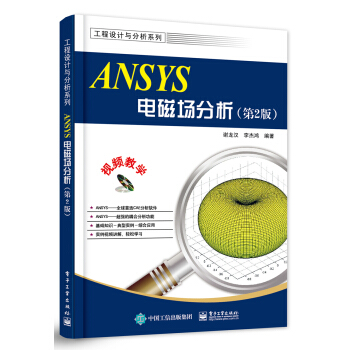
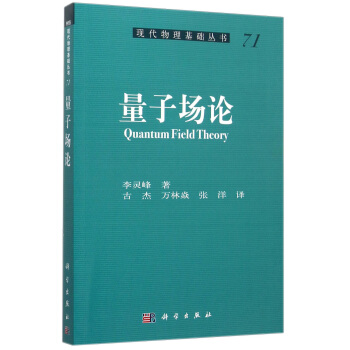
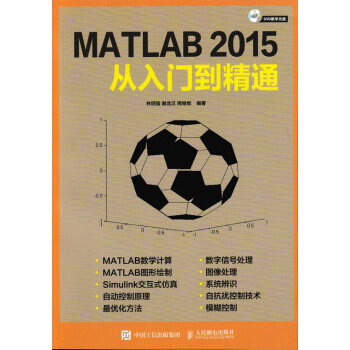
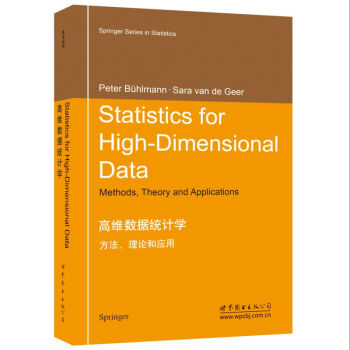

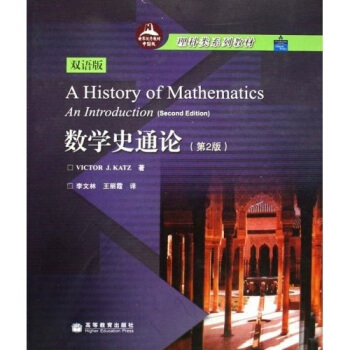
![生态学名著译丛:生态模型基础(第3版) [Fundamentals of Ecological Modelling] pdf epub mobi 电子书 下载](https://pic.tinynews.org/10000904/5671059dN225ab2e1.jpg)


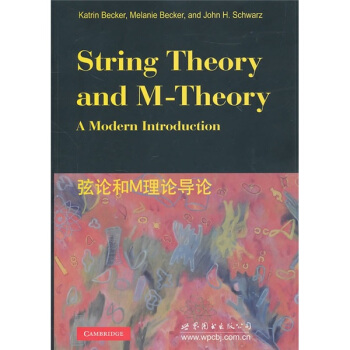
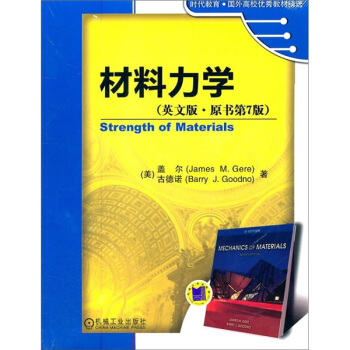
![绳圈的数学 [Mathematics of String Figures] pdf epub mobi 电子书 下载](https://pic.tinynews.org/10825593/80ea2faf-ac04-4ea8-b9f6-b1f3db77305f.jpg)

